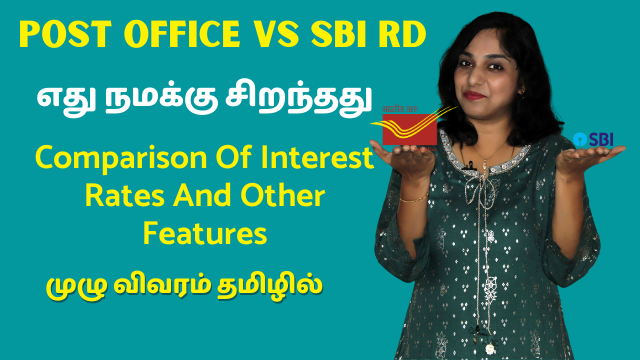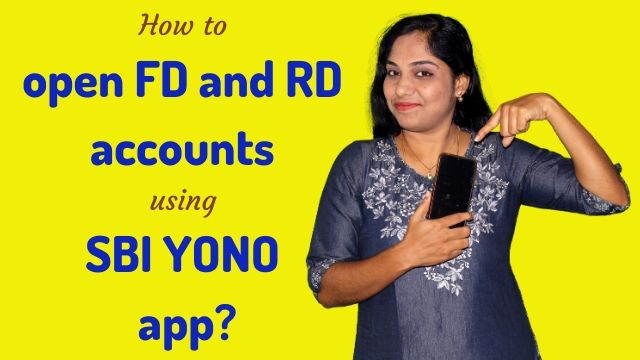
A Fixed Deposit is a wonderful way to keep some money saved with a higher interest rate than keeping the money in a regular savings account.
Opening a Fixed deposit account is also a sign of a good savings habit. It is because you safeguard a particular amount of money that you don’t intend to use for a while in a FD account.
This means, you don’t withdraw that money for a while and dilute your savings. And you also make sure your idle money earns more interest than being in a Savings Account.
With an FD account you have interest security – that is, no matter how many times the RBI revises the interest rate for a FD account, the interest promised for you at the time of opening a FD account won’t change until maturity.
If you already have a Savings account in a bank, you can easily open a FD account with the same bank.
For banks that have their own official apps, it is possible to open a FD account just via the app – without having to visit the bank.
For instance, you can open a FD account in SBI using the YONO app. I’ve demonstrated the same in a video.
But with some banks you can also open a FD account without having a savings account with that bank. Just that, in this case you have to go through the KYC process.
Now let’s see the types of FD accounts that are prevalent in India.
Standard FD account
A standard FD account can have a tenure between 7 days and 10 years. And the interest rate is much higher than the standard SB account.
However recently the interest rates for the FD account have been drastically reduced.
Nevertheless, a standard FD is a very attractive and a convenient choice for most customers.
Senior citizens FD
If you are a senior citizen, aged above 60, then you can open a Senior citizens FD instead of a standard FD.
The main reason to do this is increased interest rate – more than that of a standard FD.
And the tenure is also flexible in case of senior citizen FD.
Flexi FD or Savings plus
A flexi FD is a FD account that is linked to your SB account. To be very precise, some banks call it a Savings plus account, where your savings bank account is given an added feature.
In the case of a savings plus account you get the best of both worlds – the flexibility of a savings account – that is, you can withdraw the money whenever you need it.
The money is in liquid form.
At the same time, any amount that falls into the FD will earn a higher interest than the money in a SB account.
The money will shuttle between FD and SB as per your deposit and withdrawal practices.
Cumulative Fixed Deposit
This kind of FD compounds the interest quarterly or yearly. But the compounded interest doesn’t get paid out until maturity.
With this kind of option your money can grow substantially as your investment plus the compounded interest earns higher interest.
Non-cumulative Fixed deposit
With a non-cumulative FD, the interest is paid out monthly, quarterly or yearly – however you prefer while opening the FD account.
If you are a pensioner looking for a regular monthly income from your investment this is a great option.
Tax saving FD
Usually, the standard and other types of FD accounts do not give you any tax saving benefits unlike a PPF or SSA account.
However, there is a type of FD that is mainly for this purpose.
With a tax saving FD you can save up to Rs. 1.5Lakh per annum with tax benefits.
But the downside is that the money in a tax saver FD is locked for a period of 5 years, and you cannot prematurely close the FD for any reason before 5 years.
Well, those are the types of Fixed deposit accounts. So the next time you intend to open one of these make sure you open the one that fits your requirements.







Leave a Reply